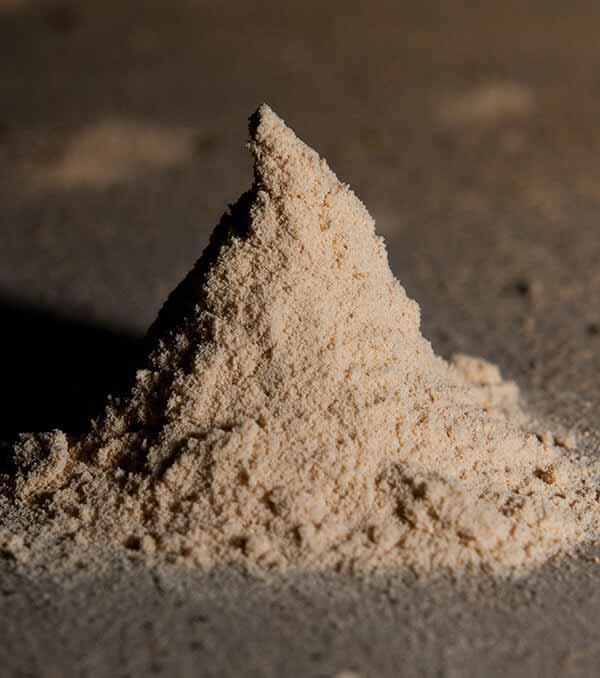What is wood dust?
Wood dust is created when machines or tools are used to cut or shape wood. High amounts of wood dust are produced in sawmills, and in the furniture-making, cabinet-making, and carpentry industries.
How are people exposed to wood dust?
Individuals who use machinery or tools to cut or shape wood are exposed to wood dust. When the dust is inhaled, it is deposited in the nose, throat, and other airways. Occupations with high exposure to wood dust include sander operators in the transportation equipment industry, press operators in the wood products industry, lathe operators in the furniture industry, and sander operators in the wood cabinet industry.
Which cancers are associated with exposure to wood dust?
Strong and consistent associations with cancers of the paranasal sinuses and nasal cavity have been observed both in studies of people whose occupations were associated with wood-dust exposure and in studies that directly estimated wood-dust exposure.
How can exposures be reduced?
Exposures can be reduced through design and engineering modifications, such as installing an exhaust ventilation system with collectors placed at points where dust is produced. Personal protective equipment, such as respirators, is another short-term solution for reducing exposure. The U.S. Occupational Safety & Health Administration provides information about exposure limits to wood dust.
Selected References:
- International Agency for Research on Cancer. Wood Dust and Formaldehyde, IARC Monographs on the Evaluation of Carcinogenic Risks to Humans, Volume 62. Lyon, France: World Health Organization, 1995. Also available online. Last accessed December 28, 2018.
- National Toxicology Program. Wood Dust, Report on Carcinogens, Fifteenth Edition. Triangle Park, NC: National Institute of Environmental Health and Safety, 2021. Also available online. Last accessed December 8, 2022.
